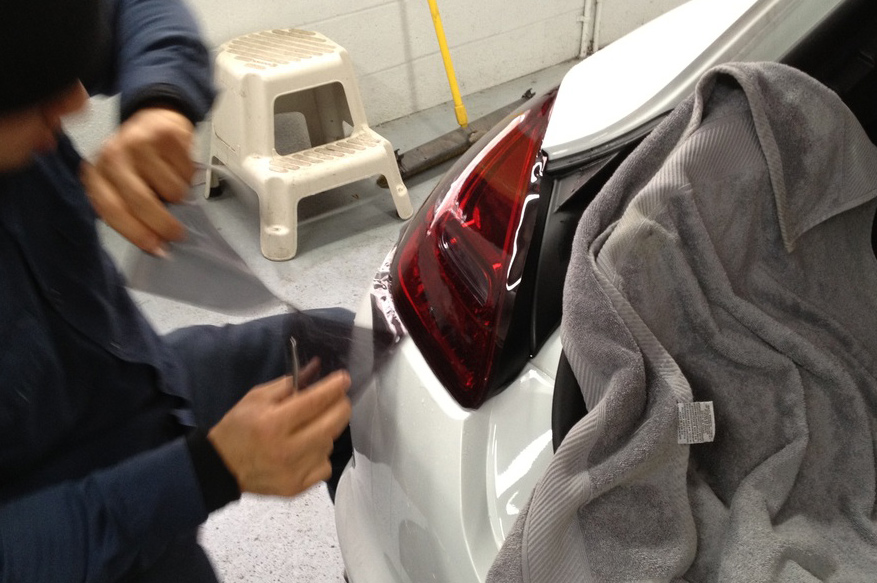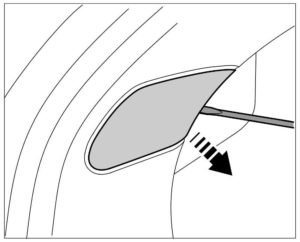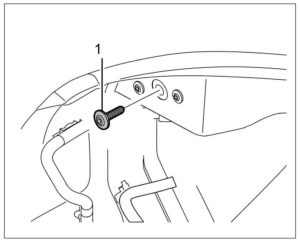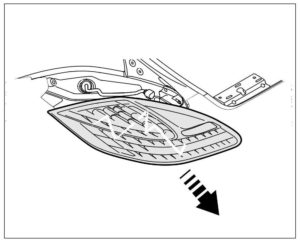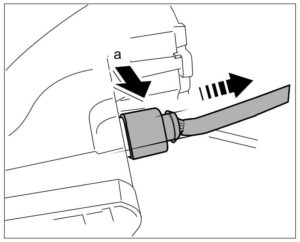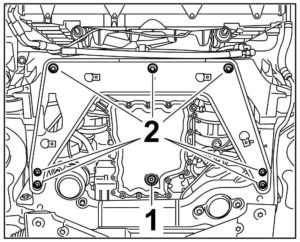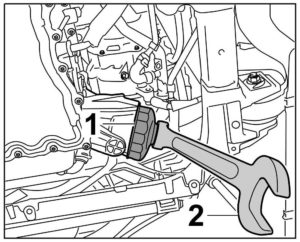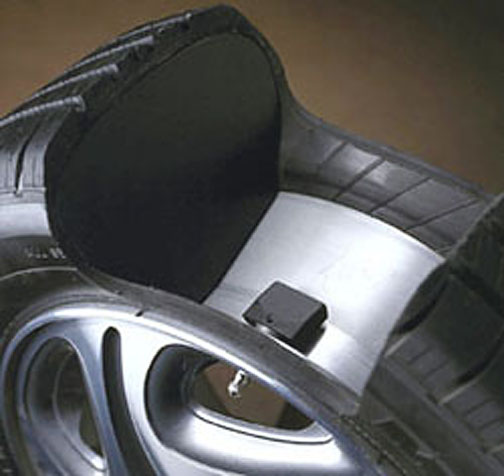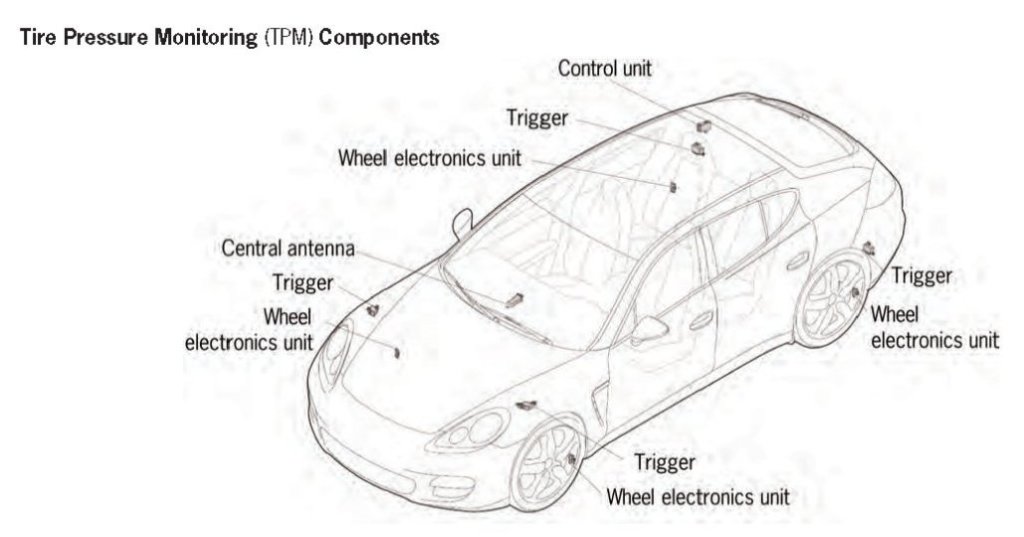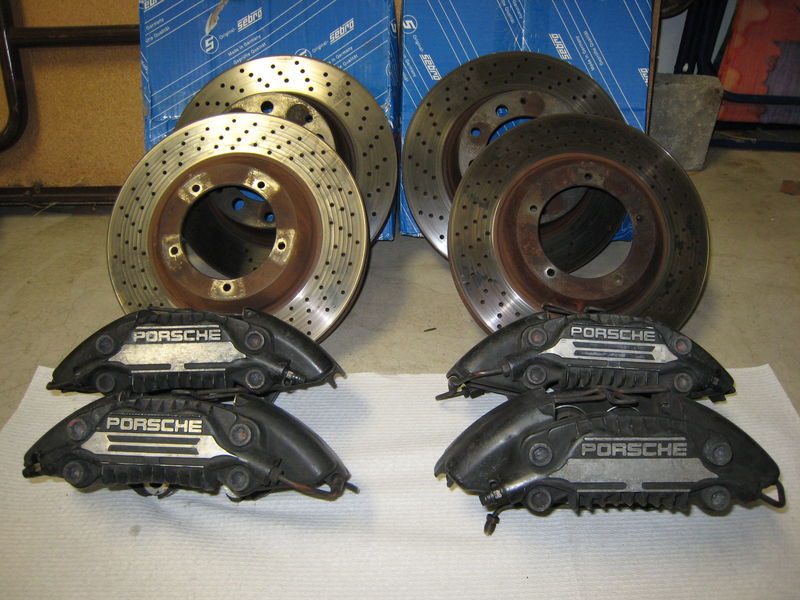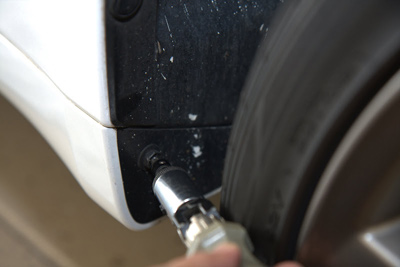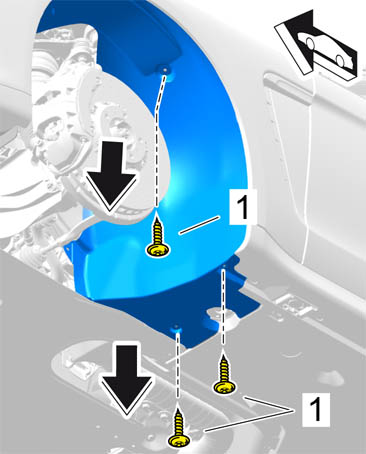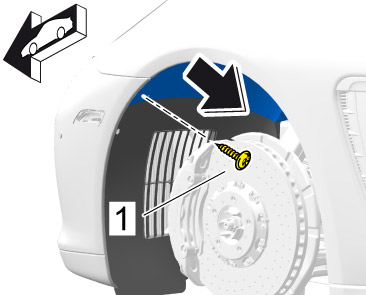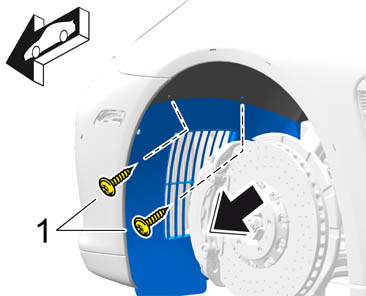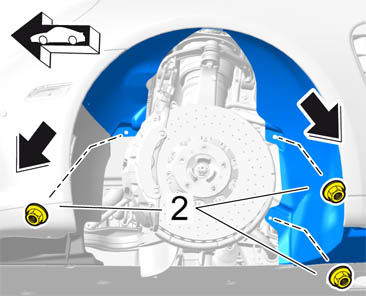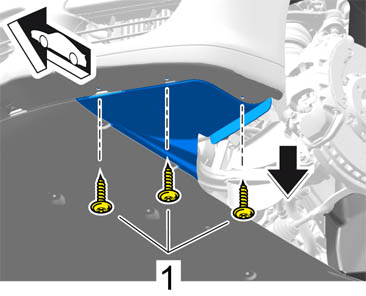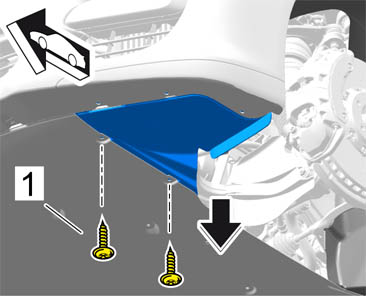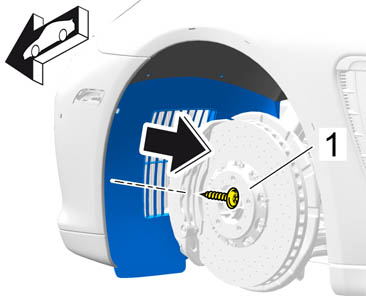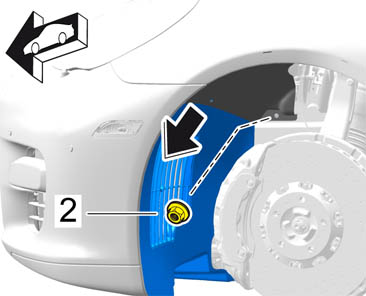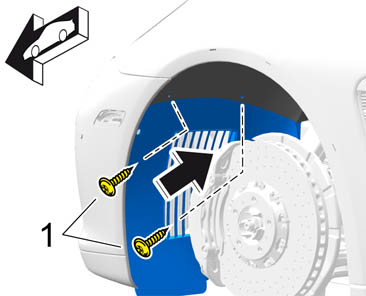Draining and filling in engine oil (changing engine oil)
OEM Part Number: 94810722200 – $25
Preliminary work
- Jack up the vehicle at the points provided.
- Remove engine underbody panelling.
Draining and filling in engine oil
Information
- Loosen the oil drain plug -1- and collect the engine oil in a container (allow to drain for approx. 5 minutes). Dispose of waste oil in accordance with legal requirements.
- Replace sealing ring on oil drain plug and fit oil drain plug.
- Fill in engine oil of the stipulated viscosity and quality.
- Oil filling capacity without oil filter V8 => Filling capacity: 8.5 litres
- Oil filling capacity with oil filter, V8 => Filling capacity: 9.0 litres
- Oil filling capacity without oil filter, V6 => Filling capacity: 7.7 litres
- Oil filling capacity with oil filter, V6 => Filling capacity: 8.5 litres
Removing and installing OIL FILTER
Information
- Do not remove the sealing ring with a sharp object.
- The oil filter cover contains a cut-out through which the O-ring can be removed.
- Position collecting container as close as possible to the oil filter so that no hot oil sprays out at the side!
- Have sufficient cleaning cloths ready.
- Cover chassis hoses with cleaning cloths.
- Remove the shear panel. -2-
- Loosen the oil filter cover -1- with a suitable hexagon socket or ring wrench -2- and unscrew it.
- Slowly open the oil filter cover. Drain the remaining oil into a container.
- Remove the filter element. Dispose of the filter in accordance with legal requirements.
- Clean the oil filter cover thoroughly inside and outside and replace the sealing ring. Carefully lever off the sealing ring => Cleaning oil filter cover and replacing sealing ring. Do not damage the oil filter cover while doing so.
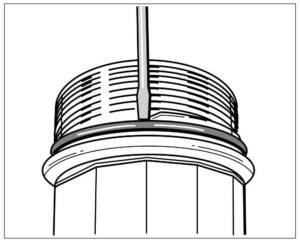
- First fit the filter element into the oil guide housing.
- Lightly oil the sealing ring on the oil filter cover with engine oil. Screw in the oil filter cover and tighten it hand-tight using a suitable ring wrench.
- Fit the shear panel -2- . For details of tightening torques, see Chassis.
- Fill in engine oil. The oil filling capacity after removing the oil filter is => Filling capacity: 0.5 litres on a V8 engine and => Filling capacity: 0.8 litres on a V6 engine.
Here are instruction on how one of our readers did it:
To raise the car I went to Home Depot and bought a 2x12x8 piece of framing lumber which I had cut into 8, 1 foot pieces. I jacked each side and stacked 3 of the wood pieces under each tire. The wood is wide enough such that the tires entire width sits on the wood without any chance of slippage. The raised angle isn’t steep so no chance of roll and with tranny in park and chocks on the rear wheels that car didn’t move 1 millimeter. The almost 6″ rise was enough for me to get under enough to reach everything necessary.
The oil change itself was pretty straight forward and the most trouble I had was with the size of the lower engine cover which is almost half the length of the car. I ended up leaving the rear screws holding the cover in place so it would be aligned for lifting and reattaching such that the rest of the cover just rested on the garage floor. It’s flexible enough and the height of the car wasn’t that great so just leaving it that way was fine.
What I learned:
1. I used a Mahle OX 254D4 oil filter which was identical to the dealer installed filter down to the pale lime green color of the filter cap O ring. I’ll use it again next time, it fit perfectly. I got it on Amazon.
2. The drain plug is made of soft aluminum and is a consumable item. I used a 8mm hex socket to remove the plug and the corners of the female hex end of the plug rounded a little in removal. The local auto parts stores had M18 replacement drain plugs but they were all steel and I figured Porsche used aluminum for a reason so I reused the existing plug but next time I’ll have a new one on hand.
3. The plug washer is also aluminum, not crushable copper which I assumed so instead of mixing metals I used a nylon washer this time but again, next time I’ll have the correct one on hand.
4. The local Kragen and Autozone stores had Mobile One 0-40 full synthetic oil for $36.99 for 5 quarts while Walmart and Amazon had it for $26.44 so Walmart won.
5. You need a really, really big wrench to remove the oil cap. The largest socket I have is 28mm and it wasn’t close. Fortunately, my 12″ adjustable wrench just fit the oil cap at max opening. If someone knows the cap bolt head size I’d appreciate posting it but I’m goanna guess about 32mm?
6. The V6 showers 8.9 quarts of oil with filter change. I added about 8.4 quarts to make sure no over fill and took the Pana for a slow speed, low RPM drive for the required 6 miles to set the oil fill gauge. When it came up it showed 1 segment in the green over minimum and “OK” oil level. There were no error messages for the car. I added a few more ounces and will do so as I drive to get to full fill.
Now you need to get the Duramatic tool to reset the oil service light so that’s that. The only reason I might have gone to the dealer one last time is that I have one more year left on my CPO extended warranty but when you get older you want and do want you want, never mind the minor details. If the engine hasn’t blown up yet, I doubt it will do so now.


